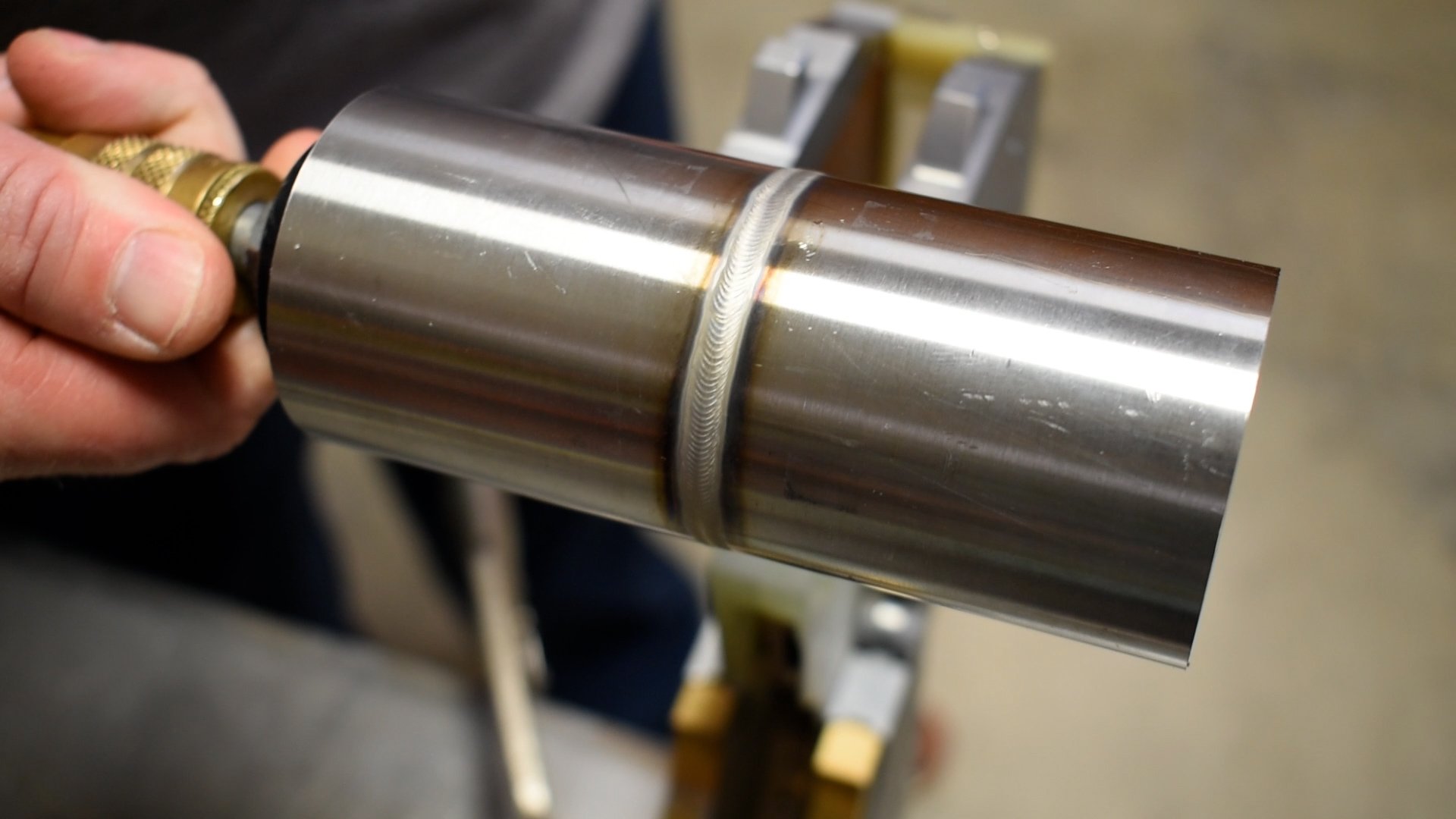Preventing Weld Undercut Demystified: Strategies for Success
Preventing Weld Undercut Demystified: Strategies for Success
Blog Article
A Comprehensive Overview to Identifying, Stopping, and Fixing Undercut Welding Troubles in Your Welding Projects
In the realm of welding, experiencing undercut concerns is a common obstacle that can compromise the structural integrity and total top quality of your welding jobs. Understanding the source behind undercut welding, being able to accurately identify it in your welds, and applying reliable preventative measures are crucial abilities for any type of welder. Furthermore, having the knowledge and techniques to rectify undercut troubles when they do take place can make a significant distinction in the last end result of your welding endeavors. Keep tuned as we explore the crucial elements of identifying, preventing, and repairing undercut welding troubles, giving you with valuable insights and techniques to elevate your welding abilities to the following level.
Common Reasons For Undercut Welding
Undercut welding, an usual problem in welding processes, can be triggered by numerous elements that require to be very carefully determined and dealt with to guarantee the stability of the weld joint. Among the main causes of undercut welding is extreme warmth input. When the welding parameters, such as voltage, current, or take a trip speed, are not effectively established, an excessive quantity of warm can be generated. This excess warmth leads to the melting and subsequent removal of the base product along the edges of the weld joint, creating a groove recognized as undercut.
An additional usual root cause of undercut welding is incorrect welding method. Insufficient control of the welding torch or gun, inaccurate angle or distance between the lantern and the work surface, or irregular travel rate can all add to the formation of undercut. Additionally, using the wrong welding consumables or electrode size for a specific joint setup can bring about undercut concerns. Recognizing these source and applying rehabilitative procedures is vital in protecting against and correcting undercut welding issues in welding tasks.
Identifying Undercut in Welds

To recognize undercut properly, correct lighting and magnification tools are important to evaluate the weld joint completely. Making use of devices such as a welding gauge or a magnifying glass can assist in detecting also the smallest undercut imperfections. In addition, running a finger or a finger nail along the weld joint can often disclose undercut, as the surface area might feel uneven or have a dip where the undercut exists.
Precautionary Measures for Undercut
Having a deep understanding of the causes of undercut in you could check here welds permits for the execution of effective preventative measures to preserve weld high quality and honesty. These setups should be optimized to avoid extreme warm input, which can lead to damage formation.

Strategies for Fixing Undercut

To attend to undercut concerns efficiently, welders can employ particular methods aimed at rectifying the problem and restoring the honesty of the weld joint. One method is to adjust the welding specifications, such as the voltage, present, and travel rate, to make sure proper warmth input and blend. Increasing the welding current or decreasing the traveling speed can help fill out the undercut. Furthermore, altering the welding strategy from a press to a drag or vice versa can additionally aid lessen undercut.
One more method is to utilize a weaving movement while welding to make sure appropriate sidewall blend and fill in the undercut. By oscillating the welding arc from side to side within the weld joint, the welder can transfer a lot more filler material into the undercut locations, properly removing the defect.
Furthermore, grinding out the undercut and rewelding the joint can be a practical service go for much more extreme undercut problems - Preventing weld undercut. This procedure includes getting rid of the undercut section, preparing the base metal, and after that rewelding the joint with appropriate welding specifications and strategies to stop undercut from reoccurring

Professional Tips for Preventing Undercut
Utilizing proper welding methods and keeping control over vital welding parameters are crucial strategies for welders aiming to stop undercut in their weld joints. Additionally, selecting the suitable welding process and filler steel for the certain application can assist stop undercut. Maintaining a constant travel rate during the welding procedure is another essential idea to prevent undercut.
Conclusion
In verdict, recognizing, stopping, and taking care of undercut welding troubles in your welding projects is essential for guaranteeing strong and resilient welds. Preventing weld undercut. By comprehending the common causes of undercut, pop over to these guys being able to recognize it in welds, implementing safety nets, and using proper strategies for repairing undercut, you can avoid prospective issues and create high-quality welds. Adhering to specialist tips for avoiding undercut can help you boost your welding abilities and produce much better cause your projects
Undercut welding, an usual issue in welding procedures, can be caused by various factors that need to be thoroughly recognized and resolved to ensure the honesty of the weld joint. Furthermore, running a finger or a fingernail along the weld joint can in some cases reveal undercut, as the surface may really feel unequal or have a dip where the undercut exists.
Using appropriate welding methods and maintaining control over vital welding parameters are important approaches for welders intending to protect against undercut in their weld joints.In final thought, identifying, avoiding, and taking care of undercut welding troubles in your welding tasks is crucial for ensuring strong and resilient welds. By recognizing the usual causes of undercut, being able to recognize it in welds, carrying out preventative actions, and making use of appropriate techniques for fixing undercut, you can avoid possible concerns and produce top quality welds.
Report this page